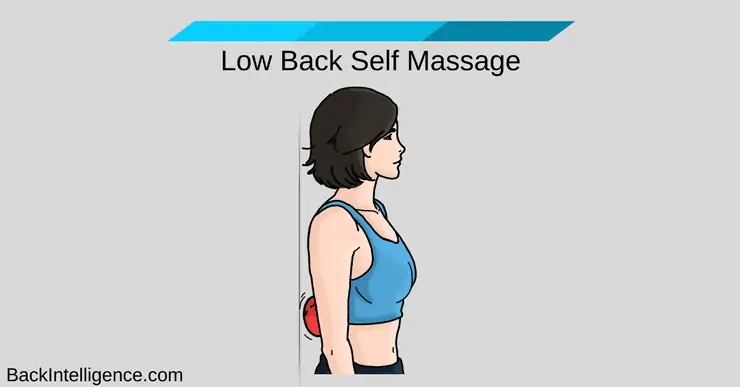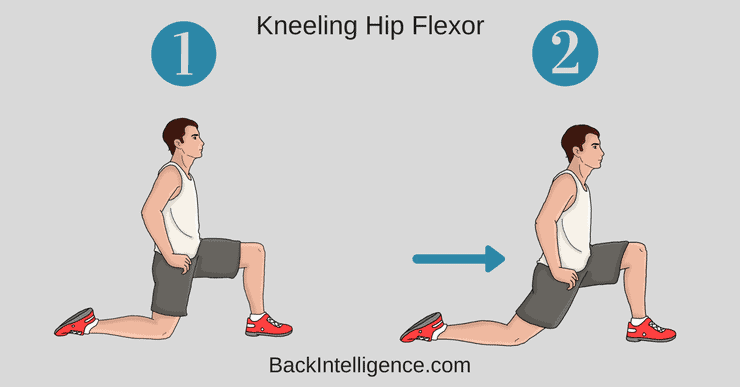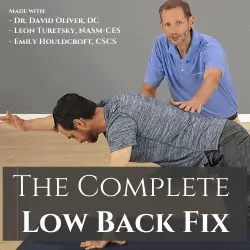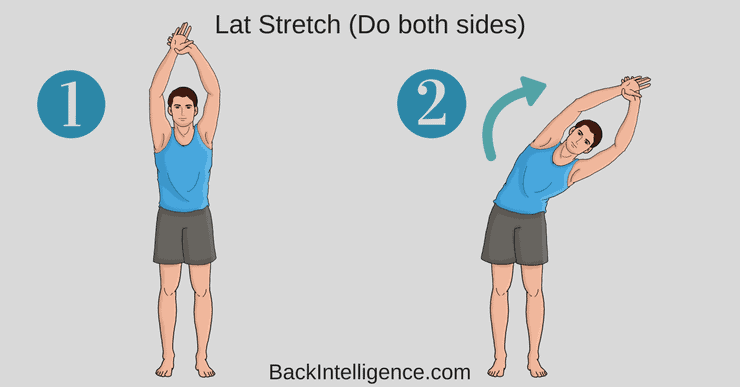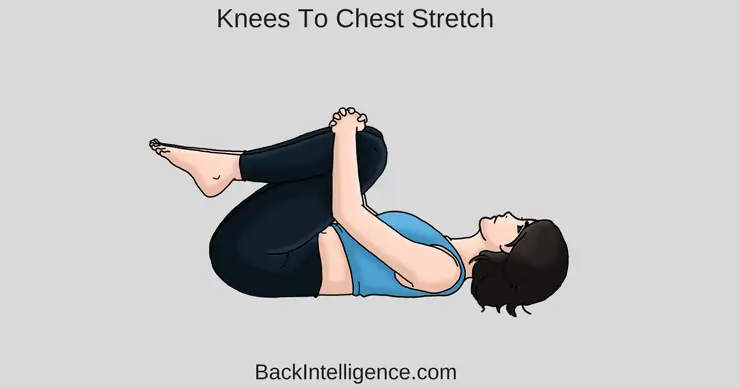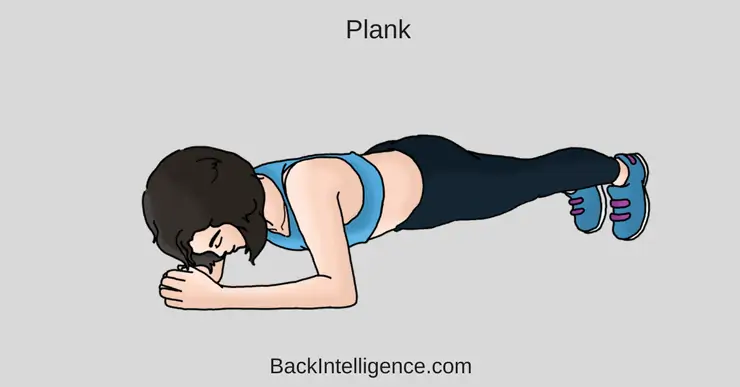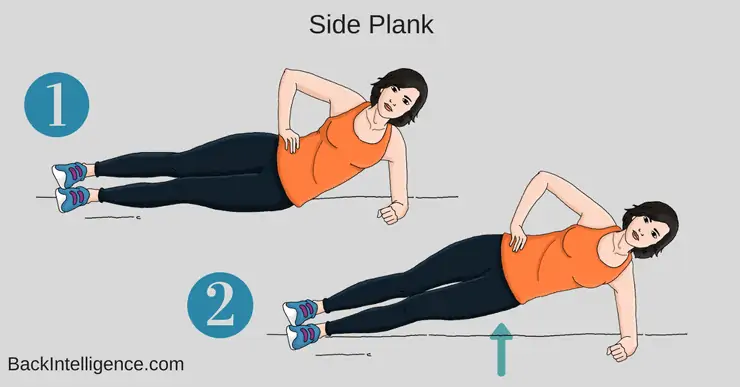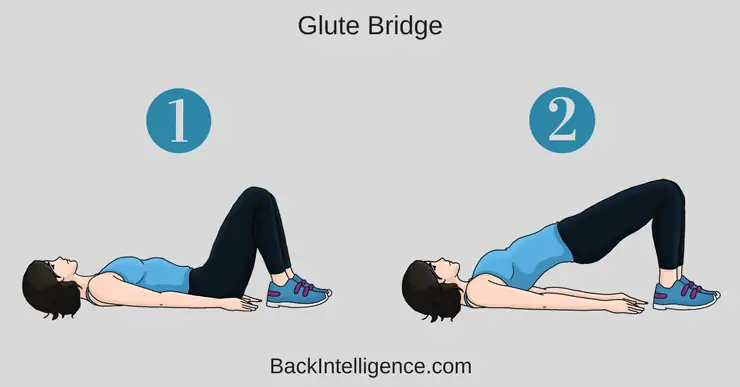
Some Lordosis (low back curve) is normal and we all have it.
Hyperlordosis however, is an excessive low back arch that if not properly addressed could cause chronic low back pain and discomfort.
What is a hyperlordosis?
Hyperlordosis is when the low back curve is excessive, and usually accompanies both the butt and stomach sticking out. There will be an anterior pelvic tilt present.
2 main causes hyperlordosis?
Cause # 1: Sitting or standing in a poor posture for long periods of time
You’ve probably heard people telling you “Stand up straight”.
But unfortunately many folks tend to overly arch their backs as they “straighten up”. So while they may feel like they sit/stand tall, they end up in a hyperlordotic posture. You need to make sure your pelvis stays in a neutral position as much as possible.
Cause #2: Muscle imbalance – Certain muscles being too weak and others too tight
The other very common reason you may have an excessive low back arch, is because your abdominal/core muscles and butt muscles are too weak, so they will need to be strengthened (more on that below).
On the flip side, the hip flexors and erector spinae muscles (low back muscles) tend to be too tight, and will need to be stretched and released.
Other Causes Include:
– Improper movement
– Improper lifting
– Wearing high heels
– Osteoporosis
– Obesity
– Kyphosis
So how do you fix Hyperlordosis?
First, be aware of your posture:
1. Stretch your spine up. You should feel like someone is pulling your head up.
2. Keep your chin tucked in slightly as your spine stretched.
3. Now, as you keep stretching your spine, draw your abdominal muscles in a little bit and tuck in your tail bone.
4. Maintain this posture as you sit or stand as much as possible.
5. If you sit a lot, be sure to get up and walk around every 30 minutes.
Recommended Article: Posture tips at a desk
Secondly, Do specific exercises & stretches (To Correct the muscle imbalances)
– Hip Flexor muscles
– Calf muscles (Gastrocnemius and Soleus)
– Erector Spinae muscles
– Latissimus dorsi
Strengthen these muscles:
– Core muscles (Transverse Abdominis & Obliques)
– Butt muscles (Gluteus maximus and medius)
7 Steps To Fix Hyperlordosis With Exercises & Releases
Step 1: First, Self Massage muscles of the low back
Self massage around the spine area with a massage ball. The target muscles will include the erector spinae group.
How to do it:
- Position a massage ball/tennis ball between your lower back and a wall.
- Move your body up and down, or side to side to find areas of tension.
- Apply a stronger pressure in the tender spots to help release the tension.
Step 2: Do The Hip Flexor Stretch
This stretch helps to lengthen tightened hip flexors that are often tight for people with hyperlordosis posture.
How to do it:
– Begin this stretch by kneeling on a soft surface.
– Bring your right leg in front and place your foot flat on the ground so that your knee is positioned over your ankle.
– Your left knee should remain in contact with the soft surface and should be bent at 90 degrees.
– Slowly slide your right foot forward a few inches while bracing your core.
– Squeeze your right gluteal muscles and shift your hips forward.
– Your left knee should now be bent slightly more than 90 degrees.
– Hold the end position for 10 seconds.
– Aim for 10 repetitions of this stretch and perform it on both sides.
The Complete Low Back Fix (With Dr. Oliver, DC)
Ease your Low back pain, gain mobility and get back to the things you enjoy doing.
Learn More
Step 3: Stretch The Lats
The lats is the biggest muscle of the back and is one of the muscles that gets extremely tight on most people. If not stretched, it can pull on the pelvis to exaggerate the arch of the low back.
How to do it:
– Begin in standing position grabbing your right hand with left hand to start with.
– Assist with your left hand and stretch to the side.
– Hold this position for 20 -30 seconds.
– Repeat on the opposite side.
– Aim for 2-3 repetitions of this stretch on each side.
Step 4: Double Knees to Chest Stretch (For Erector Spinae)
This stretch helps to relieve tension in the lower back by stretching the muscles (Spine extensors) that are often tightened in individuals with hyperlordosis
How to do it:
– Begin by lying on your back on a mat with your knees bent and feet placed flat on the floor.
– Position your right hand behind your right knee and slowly pull your right knee in towards your chest and then bring your left knee in towards your chest.
– Hold this position for 15 to 20 seconds.
– Relax and slowly lower one leg at a time to the starting position.
– Aim for 3 repetitions of this stretch.
Step 5: Strengthen Your Core With A Plank
This exercise is ideal for strengthening both your deep core and gluteal muscles.
How to do it:
Begin lying on your stomach with your forearms against the mat.
– Engage your core and lift your body so that you are resting on your forearms and toes.
– Ensure that your spine is in a neutral spinal position (not sagging in low back, or lifting butt in the air).
– Hold the plank position for 20-30 sec, Then lower down to floor.
– Aim for 2 to 5 repetitions of this exercise.
** Ensure to keep your back straight throughout the entire exercise.
Step 6: Strengthen Your Core With Side Planks
The side plank is perfect for strengthening the sides of your core muscles and low back.
How to do it:
Begin by positioning your body sideways.
– Place one elbow in a 90 degree angle and stack your feet and legs together with one side of your hips and legs touching the floor.
– Now brace your core and butt muscles and lift your hips off the floor.
– Support your weight on your elbow and feet.
– Try to keep your whole body aligned from top to bottom.
– Hold the lifted position for 30 sec to 1 minute.
– Now do the side plank on the other side.
– Repeat 3 times on each side.
** Ensure to keep your back at a neutral position throughout the entire exercise.
Step 7: Strengthen Your Butt With The Bridge
This exercise helps to strengthen both your core, gluteal and back muscles.
How to do it:
Begin lying on your back on the floor with your knees bent and feet positioned flat on the floor with your arms positioned beside your torso.
– Brace your core and squeeze your butt before any movement.
– While bracing, lift your butt off the floor, and continue squeezing your butt.
– Hold this position for 5 seconds and return slowly to the starting position.
– Aim for 10 repetitions.
**Don’t hyperextend during this movement, you should feel your glutes firing.
In Conclusion, The important thing is to follow these steps in order because you first need to release and stretch the overactive muscles, and then you want to strengthen the under-active muscles.
Learn More
Related:
Glute Bridge
How to fix anterior anterior pelvic tilt
Kneeling hip flexor stretch – video demo
Cat Cow Stretch video
Sources:
https://blog.nasm.org/newletter/the-voice-of-posture/
https://www.physio-pedia.com/Low_Back_Pain_Related_to_Hyperlordosis
https://en.wikipedia.org/wiki/Lordosis
Corrective Exercise Specialist (NASM-CES), Certified Personal Trainer (NASM-CPT), Professional Dancer
As a long time back sufferer Leon found unique methods to alleviate his pain using natural methods including self massage, exercise/stretching and postural habits. He founded Backintelligence.com to empower others to fix their postures and ease their back pain from home.
